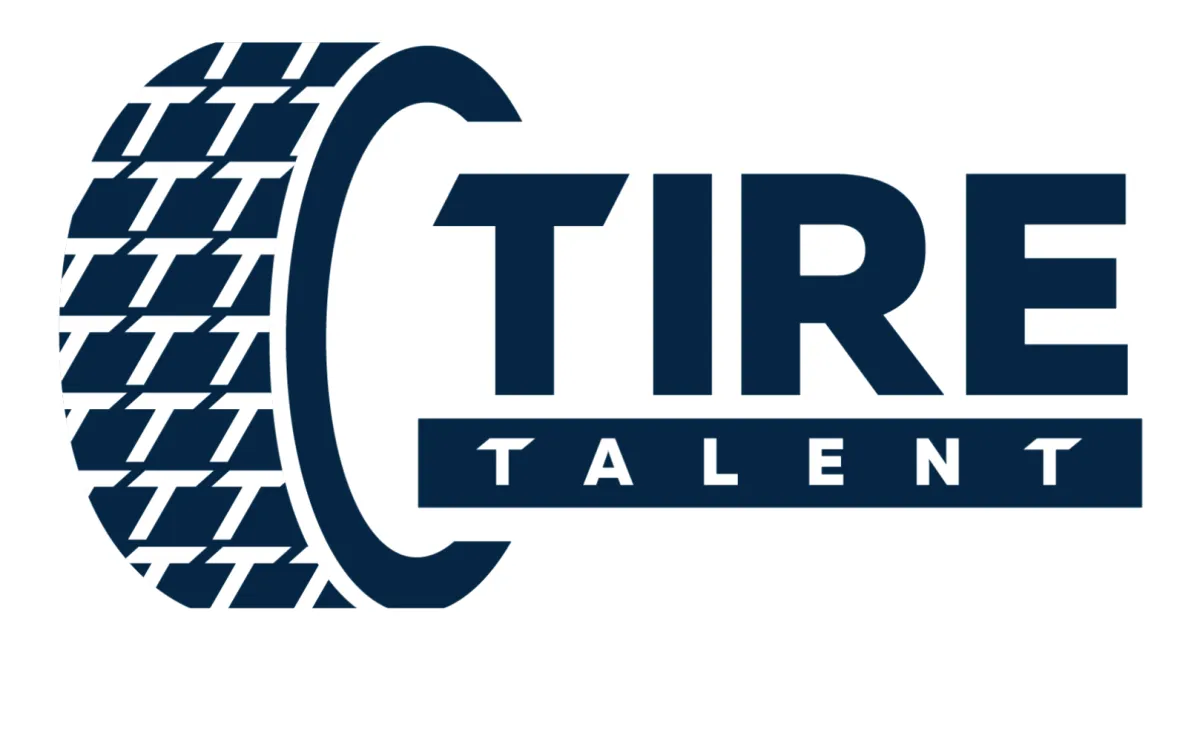(843) 732-8473 | [email protected]
Employer blog

Hiring Right: A Strategic Approach for Success
Hiring Right: A Strategic Approach for Success
By Mike Cioffi
Through my annual in-person meetings with key stakeholders throughout the United States within our industry, a recurring issue has surfaced - many organizations lack strategic and structured approaches to hiring, especially in a niche industry like ours. Specifically, there's often a deficiency in pre-planning before launching job postings. Consequently, hiring managers and those responsible for the hiring process within organizations, encounter a shared challenge of finding the right talent. In this article, I aim to offer guidance to hiring teams as they address this challenge.
It's important to recognize and address this challenge with sensitivity and understanding, acknowledging that every hiring manager may have different capacities and experiences within their respective organizations. For example, some hiring managers tend to improvise during interviews, engaging in casual conversations about shared hobbies or interests rather than asking questions that assess the candidate's suitability for the role at hand. Others may struggle with communication during interviews, appearing either difficult to engage with or resorting to a more interrogative approach rather than fostering open dialogue. Additionally, there are hiring managers who lack confidence in their ability to hire effectively. Furthermore, situations may arise where 2-3 stakeholders have differing perspectives on the ideal candidate for the same position, leading to differences in Key Performance Indicators (KPIs) and metrics, ultimately resulting in confusion and disagreement regarding the desired candidate profile.
Here are some helpful tips for hiring teams in aligning their hiring processes effectively:
Have a structured interview process. Many hiring managers aren't professional interviewers, and that's okay. Providing them with structured interview guides tailored to each role can help them ask focused questions that align with desired outcomes. This ensures that interviews are conducted efficiently and effectively, leading to better hiring decisions.
I'd like to highlight a notion that general job descriptions seem to miss the mark. What if we shifted our focus towards an outcomes-based approach rather than relying on generic job descriptions and resumes? It's about defining realistic KPIs or outcomes that new hires should achieve within a specific timeframe to be considered successful. This adjustment ensures that job descriptions pivot from merely listing duties and responsibilities to spotlighting tangible results and contributions.
Consider selling candidates on the company by presenting it in the best possible light. This involves highlighting not only the candidate's strengths, experiences, and cultural fit but also the organization's unique value proposition. Develop compelling narratives that showcase both the candidate's potential contributions and the company's opportunities for growth and success. In a job market with a 3.8% unemployment rate, it's crucial to emphasize the company's strengths to attract top talent. Remember, it's still a candidate-driven market for most roles, especially those where you're seeking A-Players.
Thoroughly vet candidates. Conduct comprehensive interviews, verify credentials, and assess cultural fit to ensure candidates meet your organization's requirements and expectations. Explore their backgrounds to gain insights into their skills, work ethic, and compatibility with your values and objectives.
Utilize online resources wisely. While there are many online resources available, it's crucial to apply them correctly. Ensure that you're leveraging platforms and tools that align with your hiring goals and needs.
From my experience, I can attest that having a structured hiring process around specific written outcomes leads to excellence, and success stories from both our clients and candidates for themselves. This approach may not guarantee perfection, but it comes pretty close. The key is in minimizing the off cases and maximizing the number of successful hires. Why is this structured approach so vital? Let's break it down:
1. Reducing Losses in Time and Money - A disorganized hiring process can result in significant financial losses and wasted time. Without a clear plan in place, organizations risk investing resources in candidates who may not ultimately meet their needs or fit their culture. By following a structured hiring process, we can minimize these losses and ensure that every hire is a step toward organizational success.2. Securing A-players - A-players are individuals who not only possess the necessary skills and experience but also align with the organization's culture and values. Additionally, understanding the talent pool—its geographical distribution, skill sets, and other factors—should make the hiring managers remain flexible in their approach.
This mindset shift is crucial for identifying and attracting top talent who can drive the organization forward. By defining clear outcomes or KPIs for each role, we create a roadmap for success and ensure that candidates are evaluated based on their ability to deliver tangible results. Here are three examples of specific KPI outcomes tailored to different roles:
Tire Technician:
Average Repair Time: Decrease average repair time per tire by 15% within the first three months.
Customer Satisfaction: Achieve a minimum customer satisfaction score of 90% based on post-service surveys within the next quarter.
Inventory Management: Maintain an inventory accuracy rate of 98% by conducting weekly audits and adjustments, consistently meeting this target over the next fiscal year.
Territory Sales Rep:
Sales Growth: Increase territory sales revenue by 20% compared to the previous year.
Customer Acquisition: Secure a minimum of 10 new accounts within the first quarter.
Pipeline Management: Maintain a sales pipeline with at least 50 qualified leads at various stages of the sales process.
Engineer:
Product Development Timeline: Reduce product development timeline by 10% by implementing streamlined processes and efficient project management techniques within six months.
Quality Assurance: Achieve a product defect rate of less than 1% through rigorous quality control measures and testing protocols.
Cost Reduction: Identify and implement cost-saving measures resulting in a 15% reduction in production costs within six months.
Conclusion
Hiring isn't just about filling positions, but about finding individuals who can drive the company forward, contribute to its success, and align with its culture and values. The consequences of hiring the wrong talent can be severe, leading to decreased productivity, increased turnover, and ultimately, financial losses.
The path to hiring success lies in embracing structured processes that prioritize outcomes and align with organizational goals. By defining clear expectations, considering KPIs that define success in each role, and implementing structured interview processes, organizations can mitigate risks, attract top talent, and drive long-term success.
June 2024 Employment Situation: New Jobs Added, Unemployment Rate Rises
The U.S. Bureau of Labor Statistics has released the Employment Situation Summary for June 2024, revealing a stable labor market with notable job gains across several sectors. However, the unemployment rate saw little change at 4.1%, reflecting ongoing economic dynamics.
Key Insights
Total nonfarm payroll employment increased by 206,000 jobs in June, aligning closely with the average monthly gain over the past year. Significant job growth occurred in government, health care, social assistance, and construction sectors.
The unemployment rate climbed at 4.1%, with 6.8 million unemployed individuals, even though the forecast had been for the jobless rate to hold steady at 4%. Long-term unemployment rose to 1.5 million, constituting 22.2% of all unemployed people.
Sectoral Job Growth
Government employment surged by 70,000 jobs, driven by gains in local and state government. Health care added 49,000 jobs, with notable increases in ambulatory health care and hospitals. Social assistance saw an increase of 34,000 jobs, primarily in individual and family services. Construction added 27,000 jobs, surpassing its average monthly gain.
Sectors experiencing declines include professional and business services, down by 17,000 jobs, and retail, which decreased by 9,000 jobs.
Employment remained stable in several other major industries during the month, including mining, manufacturing, wholesale trade, transportation and warehousing, information services, financial activities, leisure and hospitality, and other service sectors.
Earnings and Workweek
Average hourly earnings for all employees on private nonfarm payrolls rose to $35.00, reflecting a 3.9% increase over the past year. The average workweek remained stable at 34.3 hours for all employees, with slight fluctuations in manufacturing.
These insights provide valuable guidance for hiring managers as they navigate recruitment strategies and workforce planning amidst evolving economic conditions.
Mike Cioffi is the founder of Tire Talent, a boutique recruiting agency dedicated to our industry. You can reach him directly: [email protected] if you have any questions about this article.
Address
177 East Main St. #355
New Rochelle, NY 10801
Phone
(843) 732-8473
Follow Us
Privacy Policy
Terms of Services
